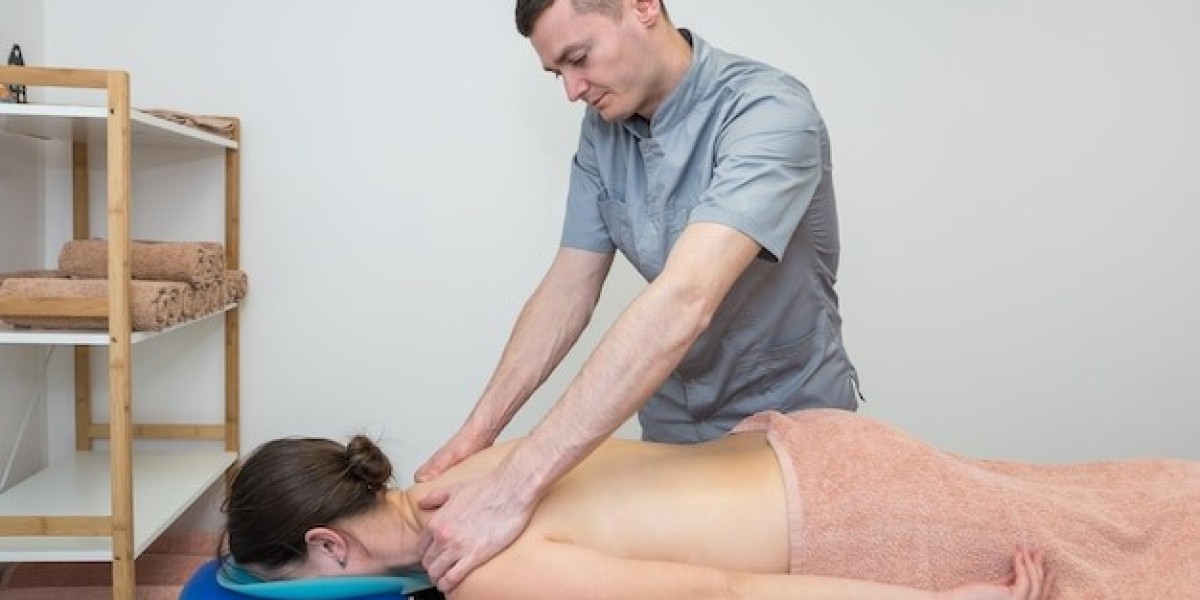Massage therapy is no longer just a luxury—it’s a proven approach to improving physical and mental well-being. Whether you’re seeking relief from chronic tension or simply aiming to unwind, a well-executed massage can transform your health. In this article, we’ll explore how massage therapy works, the types available, and how it can fit into your lifestyle, especially if you're looking for deep relief or regular maintenance.
What Is Massage Therapy and Why Does It Matter?
Massage therapy is the practice of manipulating muscles, tendons, ligaments, and connective tissue using techniques such as pressing, rubbing, and kneading. Its benefits go far beyond relaxation. Today, it plays a vital role in injury prevention, chronic pain relief, and even stress management.
Many individuals choose massage not only for pampering but also to support their health and recovery routines. For example, athletes rely on it to reduce muscle soreness and boost performance, while office workers benefit from it to ease posture-related strain. When done right, a signature massage delivers both relaxation and therapeutic results tailored to individual needs.
Types of Massages and Their Benefits
There are several types of massage therapies, each designed with specific outcomes in mind. Here are the most common ones:
1. Swedish Massage
Often considered the most popular style, Swedish massage uses gentle, flowing strokes to reduce tension and improve circulation. It’s perfect for those new to massage or looking for general stress relief.
2. Deep Tissue Massage
This style targets the deeper layers of muscles and fascia. It's highly effective for chronic aches, stiff necks, and upper or lower back pain. It’s intense but can be transformative if you're dealing with long-term muscular issues.
3. Sports Massage
Athletes and physically active individuals often turn to sports massage to prepare for events, recover after training, and reduce the risk of injuries. It blends techniques from Swedish and deep tissue massages to promote muscle flexibility and reduce fatigue.
4. Trigger Point Therapy
This method focuses on tight areas within muscle tissue that cause pain in other parts of the body. It's highly recommended for people with injury-related discomfort or repetitive strain issues.
5. Hot Stone Massage
This method uses smooth, heated stones placed on specific body parts to loosen tight muscles and balance energy. It’s a soothing and deeply relaxing experience for those with muscle tension but preferring lighter pressure.
How Massage Therapy Helps Manage Pain and Stress
One of the biggest reasons people turn to massage is to manage physical discomfort. Massage stimulates the release of endorphins—natural painkillers that boost mood and reduce stress hormones like cortisol. This dual effect makes massage especially effective for conditions like:
Chronic back or neck pain
Tension headaches
Arthritis
Fibromyalgia
Postural stress
Research shows that massage therapy can also improve sleep quality, enhance immune function, and elevate your overall sense of well-being.
If you’ve been searching for long-term massage for pain, integrating routine sessions into your wellness routine can be life-changing. The key is consistency and choosing the right style based on your goals and health condition.
What to Expect During Your First Massage Session
If it's your first time getting a massage, here’s what to expect:
Initial Consultation: The therapist will ask about your health history, lifestyle, and specific concerns.
Customized Approach: Your massage will be tailored to address problem areas, whether it's stress, soreness, or stiffness.
Comfort First: You’ll be appropriately covered, and pressure levels will be adjusted according to your preferences.
Aftercare Tips: Post-session advice like hydration and gentle stretching may be suggested for lasting effects.
Communicating openly with your massage therapist ensures the best possible outcome and a relaxing, beneficial experience.
Final Thoughts: A Worthwhile Wellness Investment
Massage therapy is more than just a relaxing treat—it’s a proactive step toward better physical and mental health. From easing tension and reducing pain to improving sleep and increasing flexibility, massage offers lasting benefits that fit into almost any wellness journey.
In our fast-paced world, taking the time to slow down and care for your body isn’t indulgent—it’s necessary. Whether you're exploring a signature massage for relaxation or targeting chronic discomfort with a massage for pain, massage therapy offers a safe, natural, and effective path to healing.






